BASF introduces new class of insecticide for malaria prevention
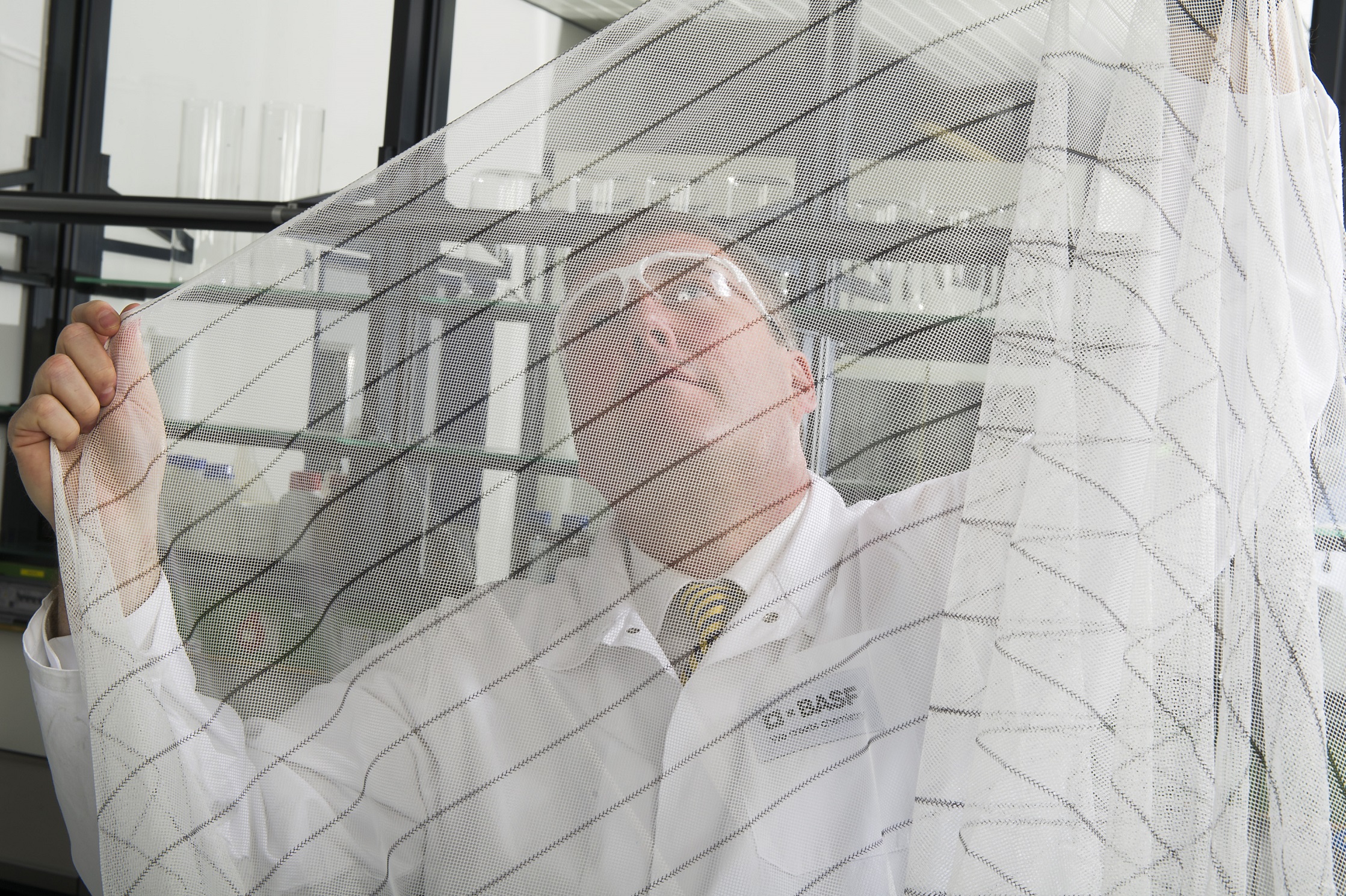
Interceptor® G2 from BASF is the first WHO-recommended mosquito net based on non-pyrethroid chemistry to beat insecticide-resistant mosquitoes. Its distinctive black and white stripes distinguish it from currently used mosquito nets. Volker Frenz, development chemist for Interceptor®G2, checks a net sample in the laboratory
Working with the Innovative Vector Control Consortium (IVCC) and the London School of Hygiene and Tropical Medicine in a collaboration lasting over a decade, BASF’s scientists successfully repurposed chlorfenapyr to be effective on mosquito nets and meet stringent WHO performance thresholds for public health.
Dave Malone, IVCC technical manager said, “The collaboration with BASF gave us access to an insecticide with a rare combination of attributes: new to public health, effective against resistant mosquitoes, and able to coat polyester netting with a long-lasting formulation.”
A second chlorfenapyr product, an indoor residual spray named Sylando® 240SC, is also in the final phases of WHO evaluation.
A child every two minutes
Every two minutes a child dies from malaria and there are more than 200 million new cases every year, including an estimated 13,000 malaria cases in Vietnam. Malaria is also a major cause of global poverty and its impact is the worst on the most vulnerable.
Long-lasting insecticide-treated mosquito nets (LN) and indoor residual sprays (IRS) are the cornerstones of malaria prevention, particularly in Sub-Saharan Africa.
60 countries have already reported resistance to at least one class of insecticide. Part of the problem is that previously there were only four WHO-recommended insecticide classes for adult mosquito control and only one of them, the pyrethroid class, was recommended for LNs. Continual use of the same insecticides enabled the highly-adaptable mosquito to develop significant levels of resistance.
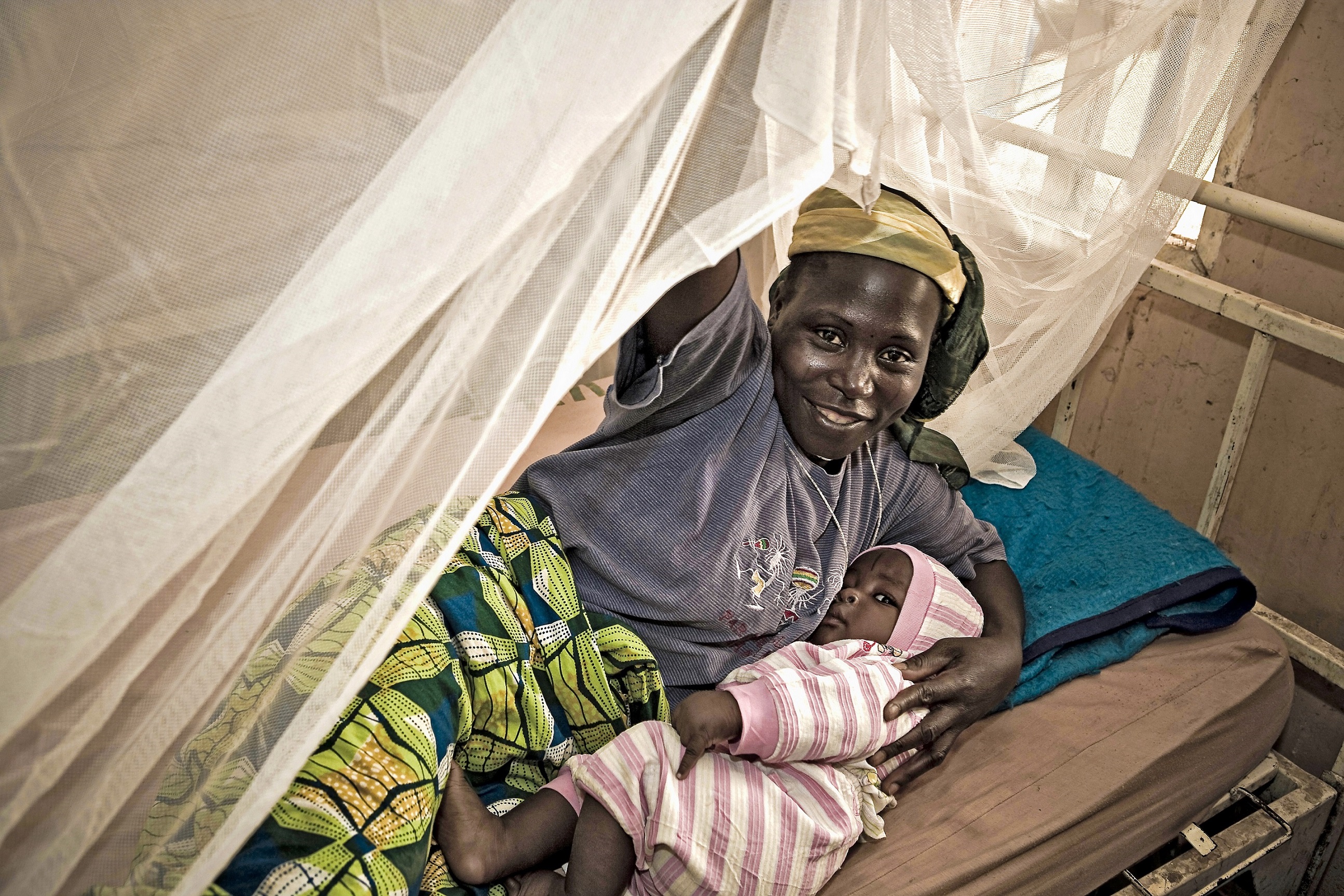 |
| Malaria hits the most vulnerable groups the worst and mosquitos have increased resistance levels 1,000-fold over the years. |
Independent trials in Benin, Burkina Faso, Tanzania, and the Ivory Coast have proven the efficacy of Interceptor G2 and Sylando 240SC against local insecticide-resistant mosquitoes.
Medical entomologist Professor Hilary Ranson from the Liverpool School of Tropical Medicine has studied the problem for many years. “We have got to take insecticide resistance very seriously,” she said. “In some countries, the local mosquito population has increased its level of resistance 1,000-fold. It has been years since a new class of public health insecticide has appeared on the market. Alternatives are urgently needed.”
Following the WHO recommendation, BASF will start preparations to launch Interceptor G2 for malaria prevention. Depending on local registration processes, the new mosquito net is expected to be available to health ministries and aid organisations from the end of this year.
“New resistance management products are desperately needed to prevent mosquito-borne diseases and save lives,” said Egon Weinmueller, head of BASF’s public health business. “This development breakthrough strengthens my personal belief that we really can be the generation to end malaria for good.”
|
|
| There are more than 200 million cases of malaria each year resulting in half a million deaths. Infants, children under five, and pregnant women are the most vulnerable groups. Most cases occur in Africa, but other regions, such as Latin America, Southeast Asia, Western Pacific, and Eastern Mediterranean are also significantly affected |
What the stars mean:
★ Poor ★ ★ Promising ★★★ Good ★★★★ Very good ★★★★★ Exceptional
Latest News
More News
- AstraZeneca profit up on strong sales of cancer drugs (April 25, 2024 | 17:37)
- Call to arms for semiconductor roles (April 25, 2024 | 17:00)
- SABECO outlines growth plans for 2024 (April 25, 2024 | 16:15)
- A strengthened high-tech workforce for semiconductors (April 25, 2024 | 15:00)
- Vietnam commits $1.08 billion to train 50,000 semiconductor engineers by 2030 (April 25, 2024 | 14:51)
- Localities on first step towards training microchip labour force (April 25, 2024 | 13:00)
- Agricultural produce seeks to conquer e-commerce market (April 25, 2024 | 10:15)
- Hai Long Construction's successful 25-year journey (April 25, 2024 | 08:00)
- E-commerce platforms help to spread agricultural value (April 25, 2024 | 07:30)
- Standard Chartered revises down Vietnam's 2024 GDP growth forecast to 6 per cent (April 24, 2024 | 15:04)



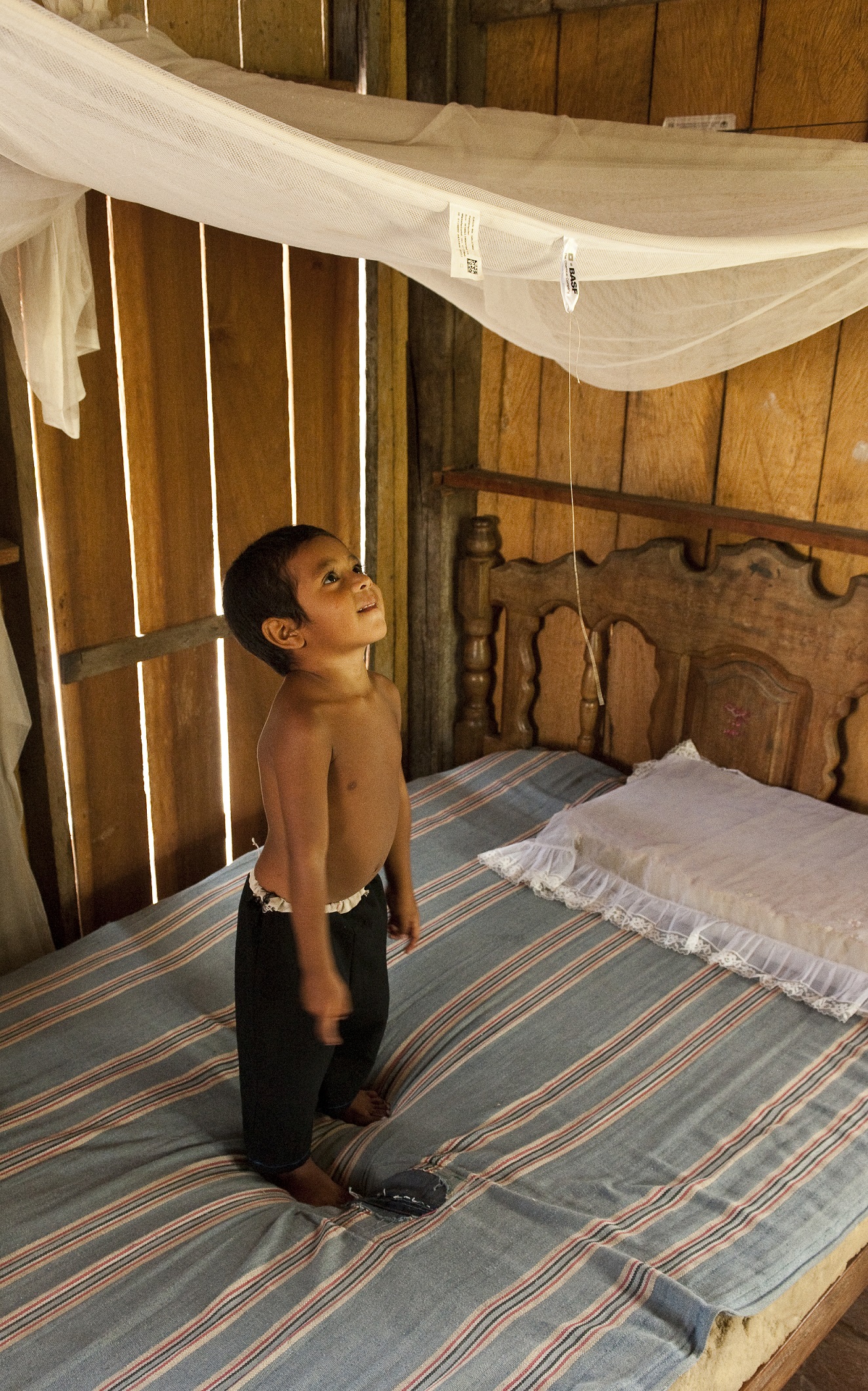

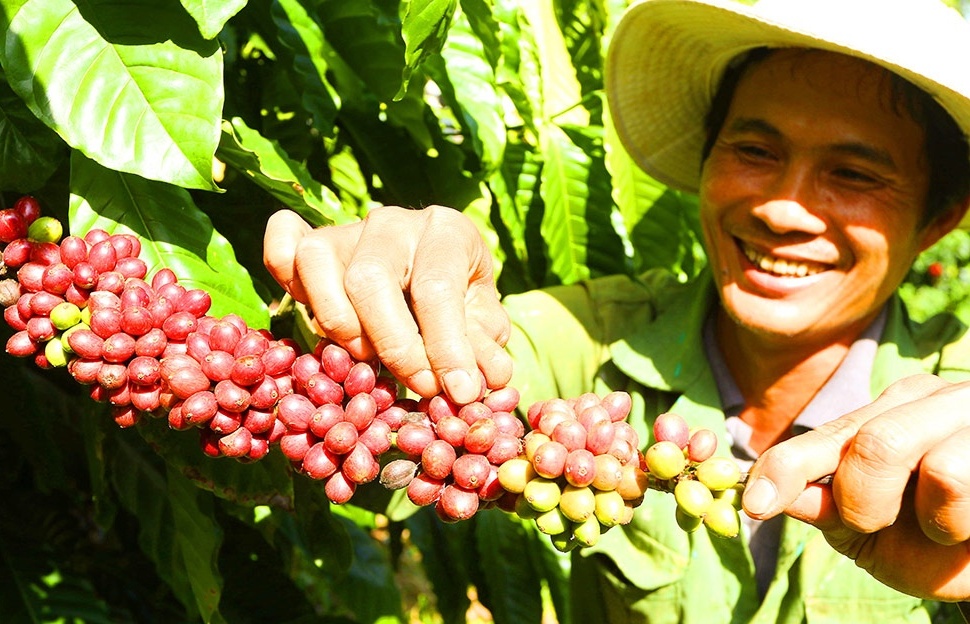
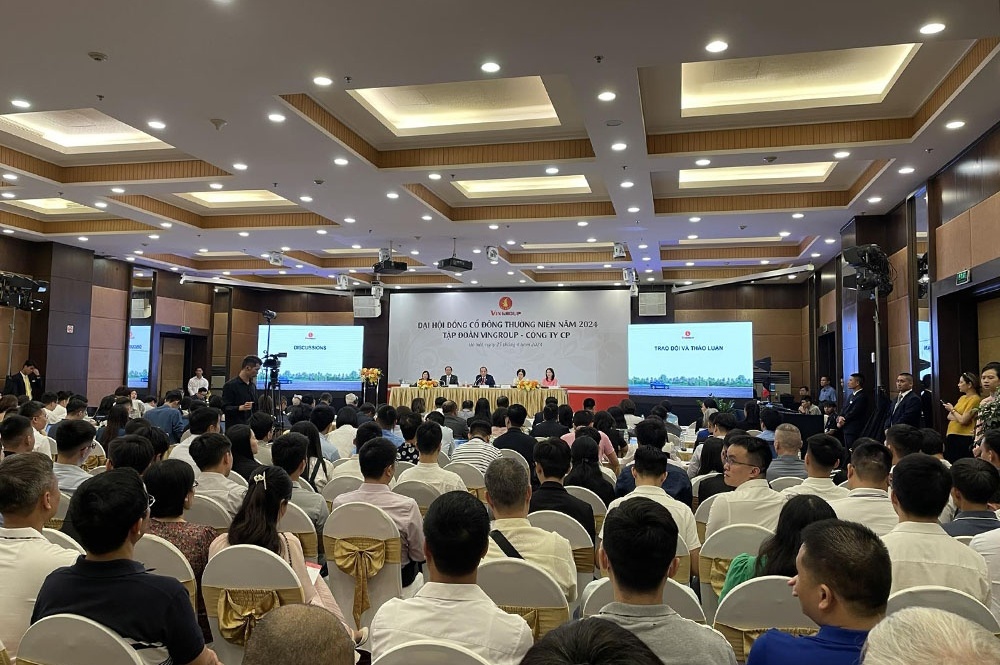
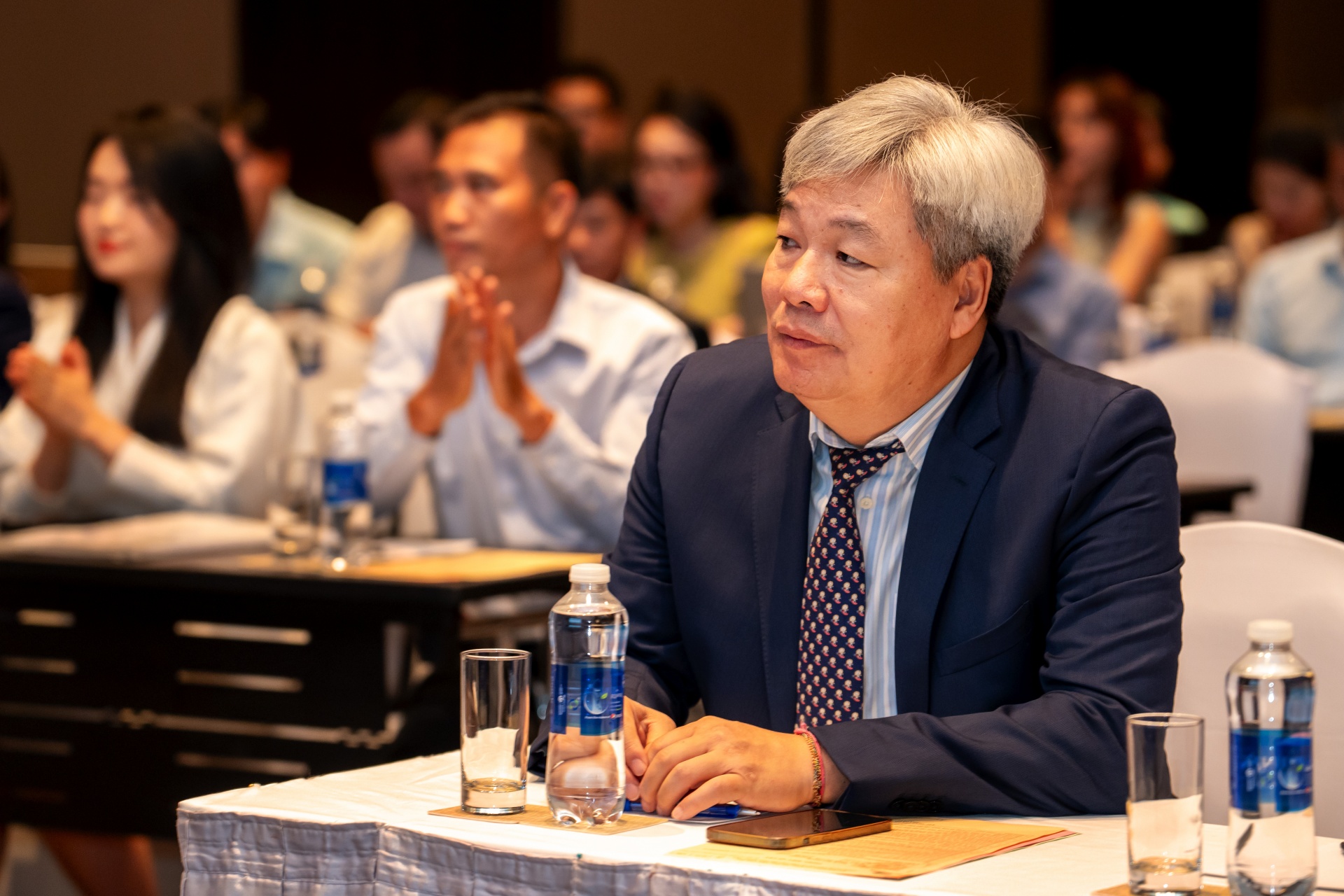








 Mobile Version
Mobile Version